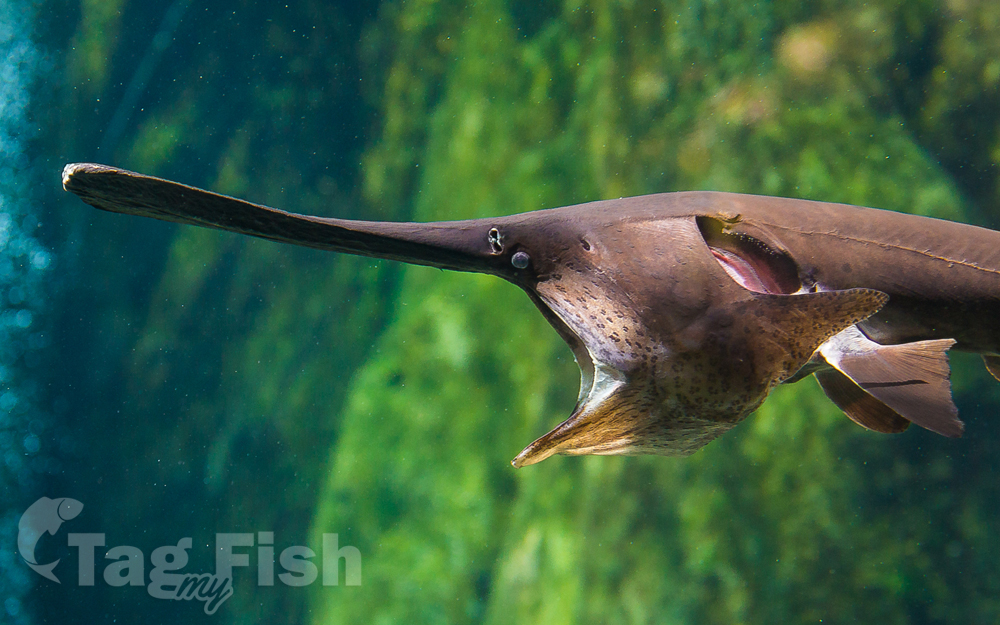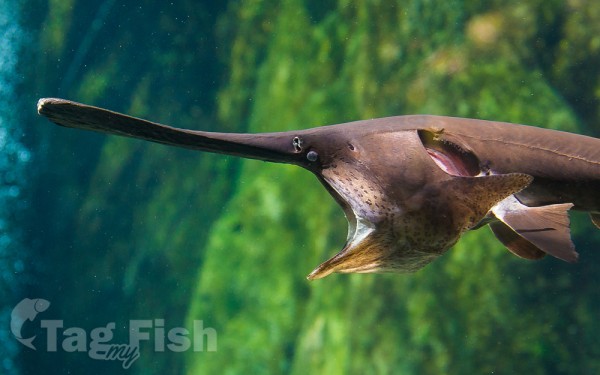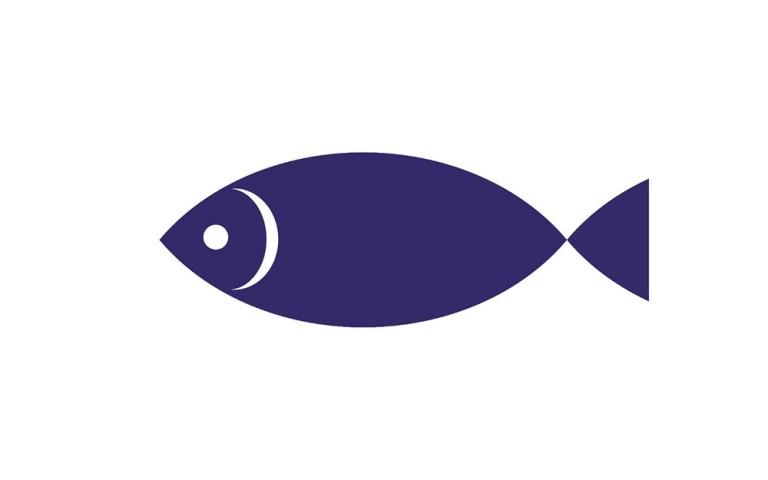Polyodontidae - Paddlefishes

Classification
Description
Paddlefishes (family Polyodontidae) are basal Chondrostean ray-finned fish. They have been referred to as primitive fish because they have evolved with few morphological changes since the earliest fossil records of the Early Cretaceous, 120 to 125 million years ago. Polyodontids are almost exclusively North American and Chinese, both extant and in the fossil record.
There are six known species: four extinct species known only from fossil remains (three from western North America, one from China), one extant species, the American paddlefish (Polyodon spathula) which is native to the Mississippi River basin in the U.S., and the Chinese paddlefish (Psephurus gladius), reported as likely extinct in 2019. The species was last sighted in 2003 in the Yangtze River Basin in China. Chinese paddlefish are also commonly referred to as Chinese swordfish, or elephant fish. The earliest known species is Protopsephurus from the Early Cretaceous (Barremian) of China.
Paddlefish populations have declined dramatically throughout their historic range as a result of overfishing, pollution, and the encroachment of human development, including the construction of dams that have blocked their seasonal upward migration to ancestral spawning grounds.Other detrimental effects include alterations of rivers which have changed natural flows resulting in the loss of spawning habitat and nursery areas.
Morphology
Paddlefish as a group are one of the few organisms that retain a notochord past the embryonic stage. Paddlefish have very few bones and their bodies mostly consist of cartilage with the notochord functioning as a soft spine. During the initial stages of development from embryo to fry, paddlefish have no rostrum (snout). It begins to form shortly after hatching. The rostrum of the Chinese paddlefish was narrow and sword-like whereas the rostrum of the American paddlefish is broad and paddle-like. Some common morphological characteristics of paddlefish include a spindle-shaped, smooth-skinned scaleless body, heterocercal tail, and small poorly developed eyes. Unlike the filter-feeding American paddlefish, Chinese paddlefish were piscivores, and highly predatory. Their jaws were more forward pointing which suggested they foraged primarily on small fishes in the water column, and occasionally on shrimp, benthic fishes, and crabs. The jaws of the American paddlefish are distinctly adapted for filter feeding only. They are ram suspension filter feeders with a diet that consists primarily of zooplankton, and occasionally small insects, insect larvae, and small fish.
The largest Chinese paddlefish on record measured 23 ft (7.0 m) in length, and was estimated to weigh a few thousand pounds. They commonly reached 9.8 ft (3.0 m) and 1,100 lb (500 kg). Although the American paddlefish is one of the largest freshwater fishes in North America, their recorded lengths and weights fall short in comparison to the larger Chinese paddlefish. American paddlefish commonly reach 5 ft (1.5 m) or more in length and can weigh more than 60 lb (27 kg). The largest American paddlefish on record was caught in 1916 in Okoboji Lake, Iowa. The fish was taken with a spear, and measured 7 ft 1 in (2.16 m) long and 45.5 in (1.16 m) in the girth. A report published by J.R. Harlan and E.B. Speaker in Iowa Fish and Fishing (1969) said the fish weighed over 198 lb (90 kg). The world record paddlefish caught on rod and reel weighed 144 lb (65 kg) and was 54.25 in (1.378 m) long. The fish was caught by Clinton Boldridge in a 5-acre pond in Atchison County, Kansas on May 5, 2004. However, the record would be broken an additional two times in 2020. On June 28, 2020, an Oklahoma man caught a 146-pounder in Keystone Lake, west of Tulsa. Later on July 23, 2020, the record was broken again when another Oklahoma man caught a 151-pound, nearly 6-foot long Paddlefish in the same lake.
General morphology of paddlefish
Scientists once believed paddlefish used their rostrums to excavate bottom substrate, but have since determined with the aid of electron microscopy that paddlefish have electroreceptors on their rostrums ampulla (hair cells) which are similar in structure to other Lorenzini. The electroreceptors can detect weak electrical fields which not only signal the presence of prey items in the water column, such as zooplankton which is the primary diet of the American paddlefish, but they can also detect the individual feeding and swimming movements of zooplanktons appendages. Paddlefish have poorly developed eyes, and rely on their electroreceptors for foraging. However, the rostrum is not the paddlefishs sole means of food detection. Some reports incorrectly suggest that a damaged rostrum would render paddlefish less capable of foraging efficiently to maintain good health. Laboratory experiments, and field research indicate otherwise. In addition to electroreceptors on the rostrum, paddlefish also have sensory pores covering nearly half of the skin surface extending from the rostrum to the top of the head down to the tips of the operculum (gill flaps). Therefore, paddlefish with damaged or abbreviated rostrums are still able to forage and maintain good health.













